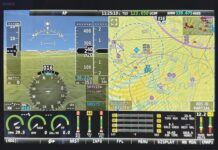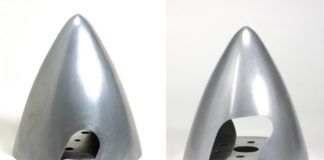For pilots who fly with modern electronic flight instruments, having access to accurate, repeatable angle-of-attack (AoA) information can be transformative. But before you can use it, you have to calibrate each installation. KITPLANES editor at large Paul Dye literally flies us through the calibration process for the Garmin G3X Touch in his wife’s Van’s RV-6. It almost takes longer to describe than to accomplish, but seeing Paul do it should help guide the way.
In Case You Missed It
Aero ‘lectrics
Jim Weir delves into the world of barrier strips, wire markers, resettable fuses, nylon connector usage, dyeing and inrush current limiters.
Design Process: Planform Shape
Last month we took a look at the effects of span and aspect ratio....
Bearhawk LSA
Its the wing that gives Bob Barrows latest design a faster cruise and slower stall speed than similar LSAs. By Chuck Berthe.














Thanks Paul. Mine is calibrated but wanted to do it again and this helps. If you are cold out in Dayton, you should be here in Michigan!
Thanks for the video! Are all of those calibrations done with flaps up?
Yes, as I think we mentioned in the video, you can repeat the calibration for the “flaps down” case, but the process is absolutely identical, and I hate long videos…
G3X has a flaps down calibration in addition to the flaps up calibration shown in the video; instructions in the G3X manual.
Thanks for the video — I hope to use the info before long. Since you’re calibrating the AOA annunciations against airspeed (e.g. approach airspeed), is there an issue with weight at which you perform the calibration?
Hi Chris – without getting too deep into equations, there is a direct relationship between weight and lift (they are equal for level flight) and airspeed for a given Cl (coefficient of lift). What we are most concerned with is the stall Cl, which is always constant – so if weight goes up, the stall speed goes up. For approach, the same is true, but it is less critical, because you should be well below stall Sl at that point. Nevertheless, it is customary to calibrate AoA at max gross weight, which will correspond to the highest stall speed. I’d do the same for approach because it is simple, and gives you a little added margin for approaches below that speed.
Thanks Paul!